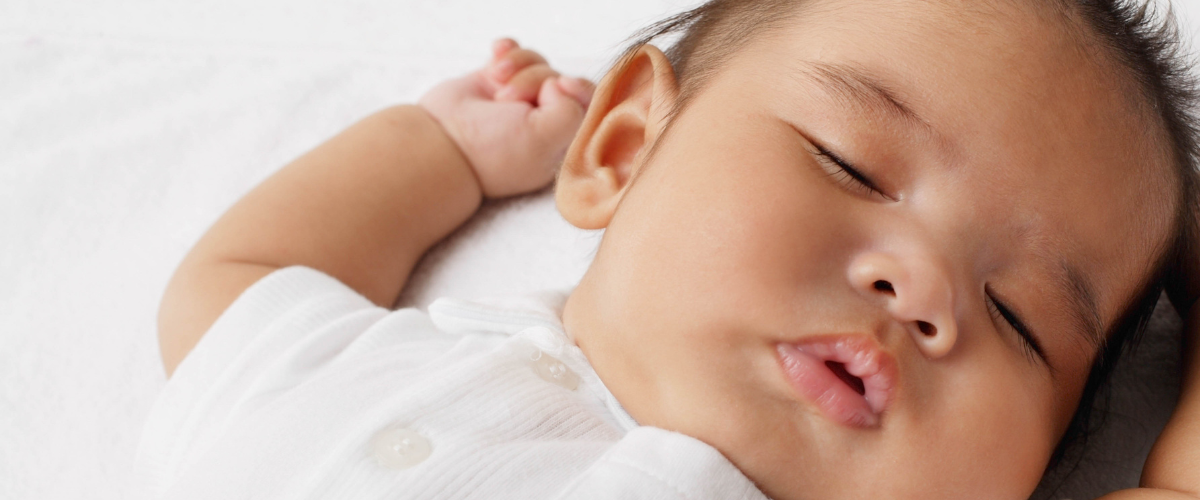Baby Sleep 101: Top Tips for Safety

When it comes to your baby’s sleep, safety should always be a top priority. As a new parent, it can be overwhelming to navigate the do’s and don’ts of safe sleep practices, but following a few key tips can help ensure that your baby is sleeping soundly and safely.
- Place your baby on their back to sleep. This is the safest position for babies to sleep in, as it reduces the risk of Sudden Infant Death Syndrome (SIDS).
- Use a firm sleep surface. Your baby should sleep on a flat, firm mattress covered with a fitted sheet. Avoid using soft bedding or loose objects in the crib, such as pillows, blankets, or stuffed animals, as they can pose a suffocation risk.
- Keep your baby’s sleep area free of hazards. Make sure there are no cords or strings near the crib that could pose a strangulation risk. Keep the crib away from windows, blinds, and curtains to prevent entanglement.
- Don’t let your baby overheat. Babies are unable to regulate their body temperature as well as adults, so it’s important to keep them at a comfortable temperature while they sleep. Dress your baby in light clothing and keep the room at a temperature that feels comfortable to you.
- Consider room-sharing, but not bed-sharing. The American Academy of Pediatrics recommends that babies sleep in the same room as their parents for the first six months to a year of life, but not in the same bed. Bed-sharing increases the risk of suffocation, entrapment, and SIDS.
By following these simple tips, you can help ensure that your baby is sleeping safely and soundly. Remember, a safe sleep environment is essential for your baby’s health and wellbeing.
If you have questions about how to keep your baby safe, contact your child’s pediatrician or family medicine provider. The Memorial Breastfeeding Center is also available if you need additional guidance.
